
Patton on Leadership
Strategic Lessons for Corporate Warfare
First Edition: 1999 more...
Used by arrangement with Prentice Hall Press, a division of Penguin Group (USA), Inc.
www.penguin.com (1-800-253-6476)
ISBN: 9780735202979
Pages: 288
Recommendation
In times of great crises, countries turn to uncompromising leaders like George S. Patton. Patton’s knowledge of momentum, morale, timing and tactics made him an almost irrepressible force in World War II, and author Alan Axelrod explains how you can adopt his theories in your own business competition. getAbstract.com recommends this book to anyone in business, including those without a taste for war-themed literature, for its penetrating insights into the mind of an unparalleled leader.
Summary
About the Author
Alan Axelrod is the author of the bestseller, Elizabeth I CEO, and has written many books on management, business and career development, as well as works of military history and historical biography.








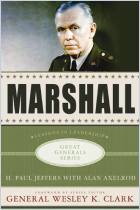
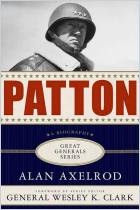

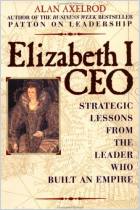



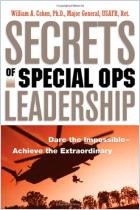

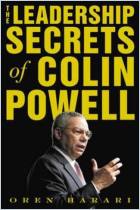







Comment on this summary